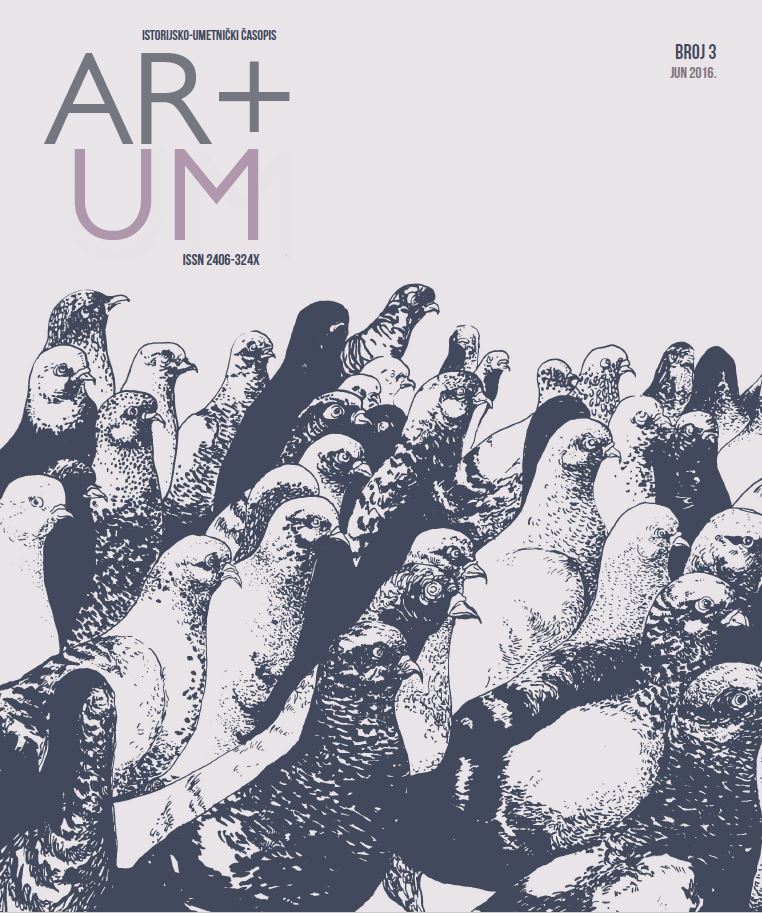Češki modernizam i njegov uticaj na srpsku međuratnu arhitekturu
Czech Modernism and its Influence on the Serbian
Interwar Architecture (1918-1941)
Author(s): Ilijana RadulovićSubject(s): Architecture, Interwar Period (1920 - 1939)
Published by: Филозофски факултет, Универзитет у Београду
Keywords: Czech Modernism;cubism;rondocubism;functionalism;purism;interwar architecture;Prague
Summary/Abstract: Czech architecture, after establishing a sovereign state, needed also its independence. Its main aim was to put aside influence of Viennese architecture and become recognized. Firstly, Czech architecture found its inspiration in Bohemian Renaissance, but it later took a chance on modern tendencies. Four main acts of this modernism were cubism, rondocubism, purism and functionalism. It had its avant-garde tendencies in the beginning, but later even public and state buildings were made in modern manner. Jan Kotěra was alongside Josef Gočár, as his student, one of the pioneers of modernism leading it to its pinnacle, until the Second World War. Serbian architects went to Prague to study architecture. The amazing combination of old architecture and the new one in progress, created a very specific atmosphere of inspiration, which led to achieving new high esthetic expressions. Even though it was a political agreement on first hand, it made very important impact on Serbian architecture, not only through domestic architects, but also Czechs who came here. First modern buildings and houses were made as a product of situation. Momir Korunović, Jan Dubovi, Svetomir Lazić, Stevan Tobolar, Danilo Kaćanski, Nikola Dobrović had direct contact with Czech movements, but the translation and influence on those who did not have that contact is a wide open field for a research.
Journal: Artum - Istorijsko-umetnički časopis
- Issue Year: 3/2016
- Issue No: 3
- Page Range: 23-36
- Page Count: 14
- Language: Serbian

